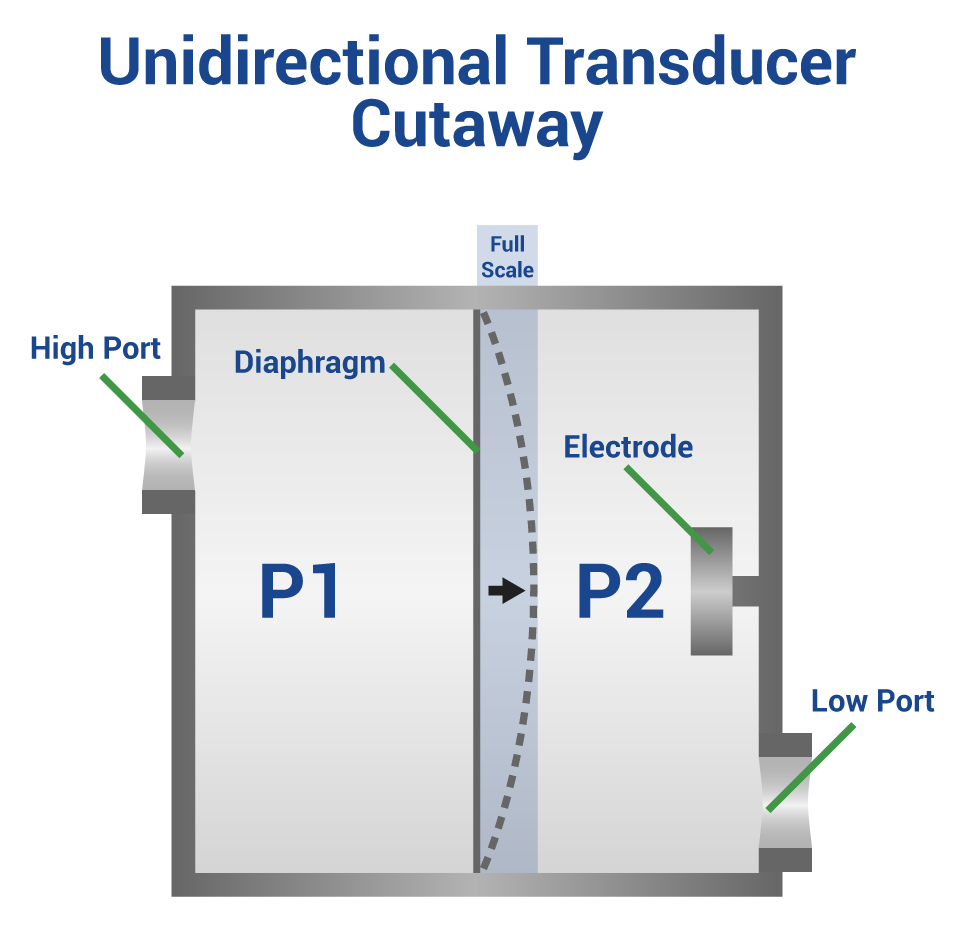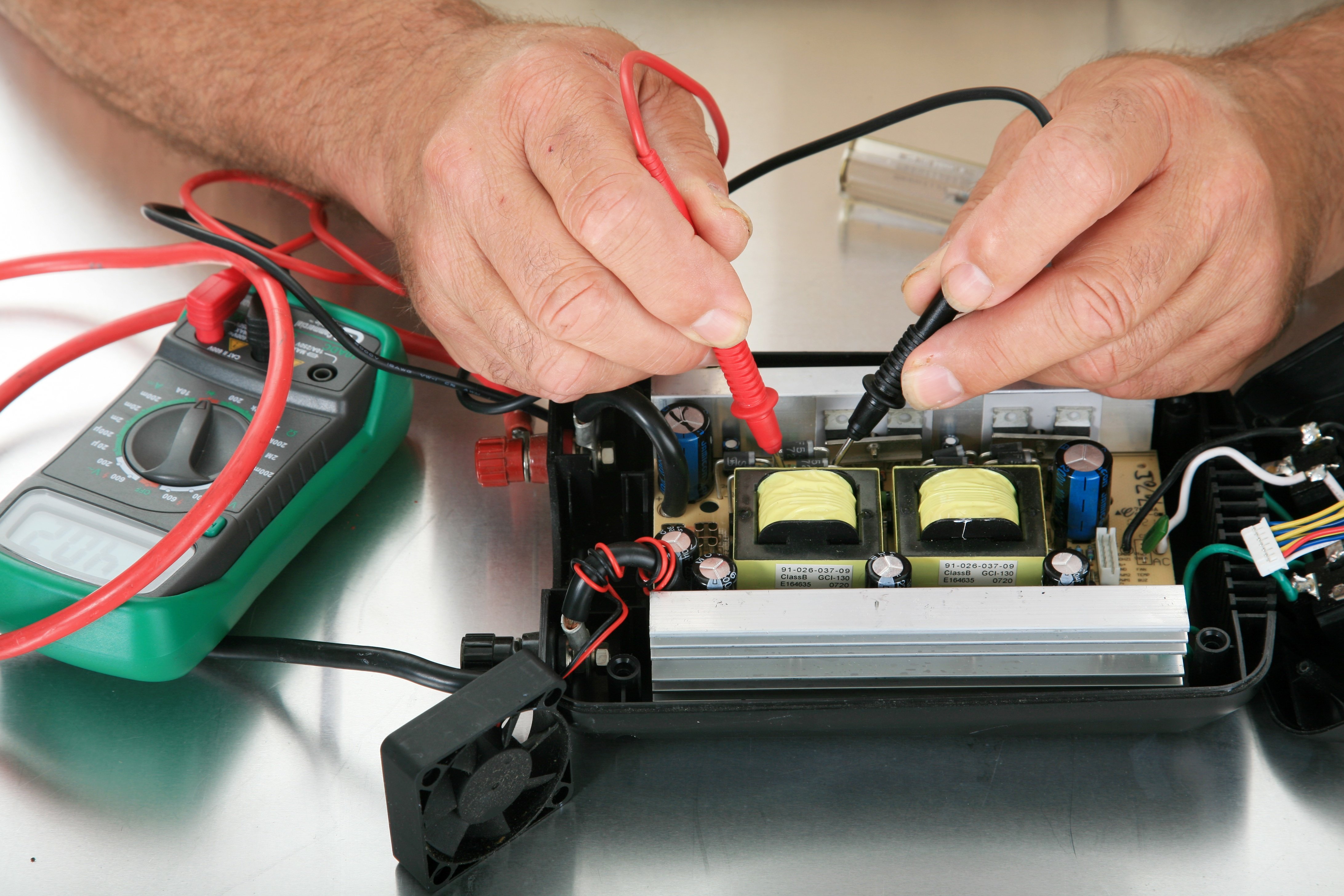Thank you to all who visited us at Booth C1452 in the Building Automation and Controls section of the AHR Expo this year in Las Vegas, Nevada! We enjoyed seeing both new and familar faces! The world's largest HVACR event was anything but boring and we think the 60,000 attendees would have to agree.
Setra Blog
Barometric altimeters calculate and display altitude by measuring the local barometric pressure and converting that measurement into altitude. This conversion is done using the Standard Atmosphere Table, an international standard representing the barometric pressure at various altitudes on a so-called "standard day" which assumes a consistent non-linear relationship between altitude and pressure.
Transducers are used across many applications to provide accurate, real-time data of how a system is working. Calibration is critical to maintaining a pressure transducer’s accuracy and it is not a one-time process. All pressure transducers used in critical applications should be regularly calibrated to maintain high performance. If a transducer drifts out of its specified pressure range, it can lead to false pressure readings causing decreased equipment performance and possible safety concerns. Calibration allows the user to be completely confident that their transducers are correctly performing and measuring the required pressure range accurately.
So, how often should you calibrate a pressure transducer? It is a common question we get asked all the time. Pressure transducers should be calibrated as often as needed in order to, maintain the necessary accuracy for the application. The amount of calibration required by the transducer can vary based on factors, such as the application and the transducer’s stabilityAfter clarifying the different types of pressure measurements and the difference between absolute and gauge, it is time to expand and discuss the two types of gauge pressure; vented gauge and sealed gauge reference pressure.
The first and most important consideration is pressure. A number of questions must be answered to ensure the correct transducer is selected. What is the pressure range that the transducer will measure? What is the maximum pressure the transducer will encounter? What is the potential for over pressure in the system?
When installing a pressure transducer system, selecting a power supply may not be one of the first things that comes to your mind. Since a single power supply can be used to power multiple pressure transducers, many regard it as a non-vital task. Nonetheless, it is essential to have the proper configurations between the power source and devices in order for all components to communicate properly and to avoid receiving inaccurate data. Here are some of the best practices we found for using a single power supply to power multiple devices.
January 05, 2017
What is the Difference Between Unidirectional and Bidirectional Pressure Transducers?
Unidirectional Pressure Transducers
Unidirectional pressure transducers measure between zero and a positive pressure. The diaphragm of the sensor should only move in one direction and will produce a positive voltage or milliamp output.
Pressure transducers today are more rugged and reliable than ever. Made of stainless steel construction, they provide abundant overpressure protection, improved total error band, and offer negligible orientation and vibration effects. They are ideal for long-term use even in harsh environments of extreme temperature, humidity, and vibration.
From all of us here at Setra, we wish you a very happy New Year! We hope you have a wonderful time ringing in the new year with family and friends!
Monitoring and controlling room pressure in laboratory and healthcare settings can do more than just ensure directional airflow (positive or negative pressure rooms). Proper room pressure also contributes to saving energy. Overpressure or under-pressure scenarios mean that airflow, or even temperature control, are not optimal.
Subscribe to Our Blog!
Topics
- Critical Environments (182)
- HVAC/R (179)
- General Industrial (153)
- Building Automation (134)
- General Industrial OEM (92)
- Energy Management (85)
- Test and Measurement (66)
- HVAC/R OEM (58)
- Barometric (44)
- Alternative Fuels (42)
- Medical (40)
- Process/Mfg Tank Level (40)
- Water and Wastewater (39)
- OHV (38)
- Oil and Gas (35)
- Industrial Vacuum (29)
- Calibration (25)
- Semiconductor (25)
- Particle Counting (18)
- Cleanroom Monitoring (17)
- Room Pressure Monitoring (16)
- Trade Show (12)
- cleanroom environment (12)
- Scales (11)
- Environmental Monitoring (10)
- Power Monitoring (10)
- Healthcare (9)
- Power Meters (9)
- Software (9)
- cleanroom monitoring systems (9)
- Case Study (8)
- critical environment technologies (8)
- Humidity (7)
- data centers (7)
- particle counter (6)
- pressure transducers (6)
- LITE room pressure monitor (5)
- hardware and software cleanroom monitoring systems (5)
- setra lite (5)
- Compliance (3)
- Video (3)
- hospital spaces (3)
- FAQ & Troubleshooting (2)
- Monitoring Compounding Pharmacies (2)
- Semiconductor Manufacturing (2)
- agencies that monitor pharmacies (2)
- energy (2)
- hvac (2)
- laboratories (2)
- monitor compound pharmacy (2)
- protected environment (2)
- regulatory compliance (2)
- setra lite features (2)
- usp 797 (2)
- Current Sensors and Transducers (1)
- Current Transformers (1)
- Pressure (1)
- aerospace cleanrooms (1)
- cems (1)
- digital transformation (1)
- ipv6 multicast (1)
- ipv6 multicast address (1)
- ipv6 multicast address range (1)
- isolation room pressure monitoring (1)
- multicast address ipv6 (1)
- multicast ipv6 (1)
- operating room (1)
- pharma 4.0 (1)
- pressure sensor (1)
- pressure transducer companies (1)
- semi conductor (1)
- sensors and transducers (1)
- setra pressure transducers (1)
- submetering (1)
- sustainability (1)
- temperature monitor (1)
- temperature monitoring for pharmacies (1)
- transducers (1)
- usp 800 (1)
- water (1)
- what does hvac stand for (1)
- what is a transducer (1)
- what is hvac (1)













